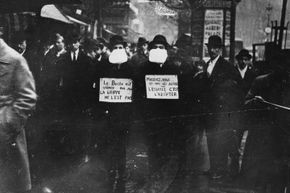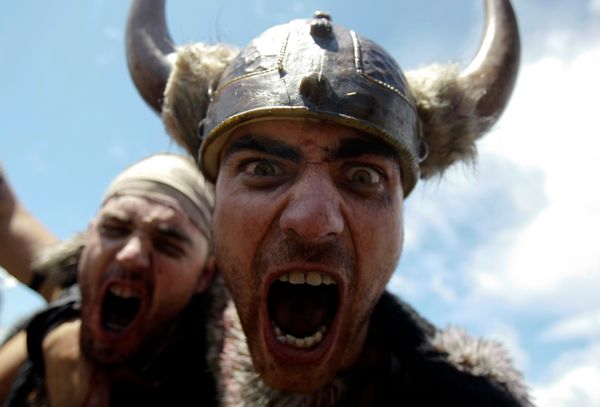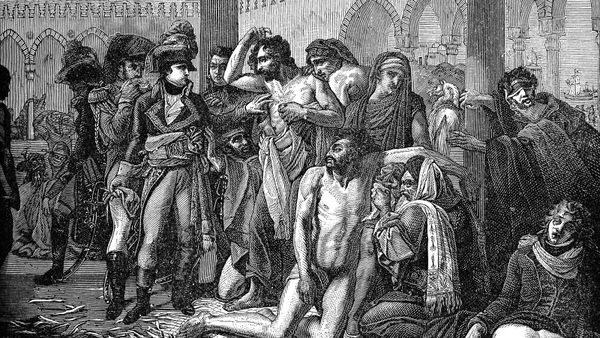It started with a low-grade fever, but even a simple illness in 1918 can quickly become severe. And this one did. Within a few days, what doctors had initially called a "three day fever" had progressed to a high fever and included a cough and a headache. Victims developed brown spots appeared on their cheeks and oxygen-deprivation caused their lips (and eventually their entire faces) to turn blue as fluid filled their lungs. They suffocated to death due to an illness that became known as the Spanish flu.
The Spanish flu hit the young and healthy particularly hard, killing more than 50 million people across the globe and claiming more lives than World War I. But did it really originate in Spain?
Advertisement
Spanish Flu Origin
The Spanish flu, named for causing millions of deaths in Spain soon after it was identified, didn't actually originate in Spain. Although the Spanish Flu's exact point of origination has been hotly debated, some contend it all began in Haskell County, Kansas. There's a long-held theory that Camp Funston, a U.S. Army base, was home to the first confirmed outbreak on March 11, 1918. Within hours of the first soldier falling ill, dozens more came down with the flu. By weeks' end, at least 500 people on base were sick with it.
At least one historian, however, believes that newly discovered records show the outbreak began in 1917 in Shanxi Province, China, and that the flu was spread by Chinese laborers hired to work in France and Britain during World War I. This also would explain why the disease was so well-traveled across the globe. Many of the infected were part of the Chinese Labor Corps who moved through the east coast of North America and Canada on the way to Europe [source: Vergano].
From there, this highly contagious flu spread like wildfire, claiming lives in England, France, Germany and Spain. The pandemic also continued across China, India, Japan and the rest of Asia before making a return appearance in the U.S. People reportedly dropped dead in the streets in Boston, and 50,000 people across Massachusetts were suddenly sick and dying. In Philadelphia, churches, schools and other public places closed, but nearly 300 people died in a single day. In New York, the single day death toll rose to 851. And, in Chicago, so many people died that the city temporarily outlawed funerals [source: Galvin].
The virulent strain eventually subsided, but the threat isn't completely gone. The Spanish flu lives on, thanks to an ancestral strain of H1N1 influenza that still crops up today [source: Vergano].
Advertisement


